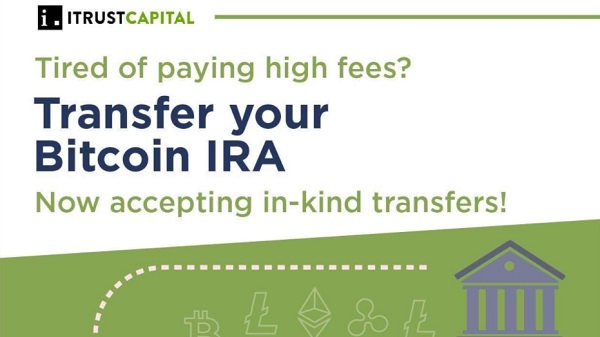Bitcoin hashrate up 40% this year as miners keep scaling

Bitcoin’s network difficulty remains pinned at a record 127 T following its most recent adjustment on May 31, yet the underlying hashrate continues to push higher.
As of June 10, the average seven-day hashrate is roughly 901 EH/s, with several daily prints brushing against 920 EH/s. This suggests a persistent mismatch between the protocol’s two-week cadence and the pace at which new-generation mining rigs are coming online.
Since the beginning of the year, network difficulty has increased by 15.7% while hashrate has expanded nearly 40%, up from around 651 EH/s in early January. The divergence reflects the hardware lag embedded in Bitcoin’s difficulty adjustment algorithm: miners have continued ramping up capacity even with a halved block subsidy. This has pushed average block intervals below 10 minutes, most recently averaging 9 minutes and 42 seconds since the last retarget.

Hashprice is now hovering at $0.055 per TH/s-day, marginally lower than 30 days ago. Despite growing network difficulty, this near-flat movement implies that elevated transaction fees and sustained BTC prices above $109,000 have helped preserve profitability.
While miner margins are thinner than pre-halving levels, the sharp drop some feared has not materialized, reinforcing the idea that hashprice compression has so far been absorbed by large-scale operators with better cost structures.

Nine of the eleven difficulty adjustments in 2025 have resulted in upward revisions. Unless a large portion of hashrate exits the network before mid-June, another positive difficulty adjustment appears likely, which would push the network beyond the 130 T threshold for the first time.
The post Bitcoin hashrate up 40% this year as miners keep scaling appeared first on CryptoSlate.




